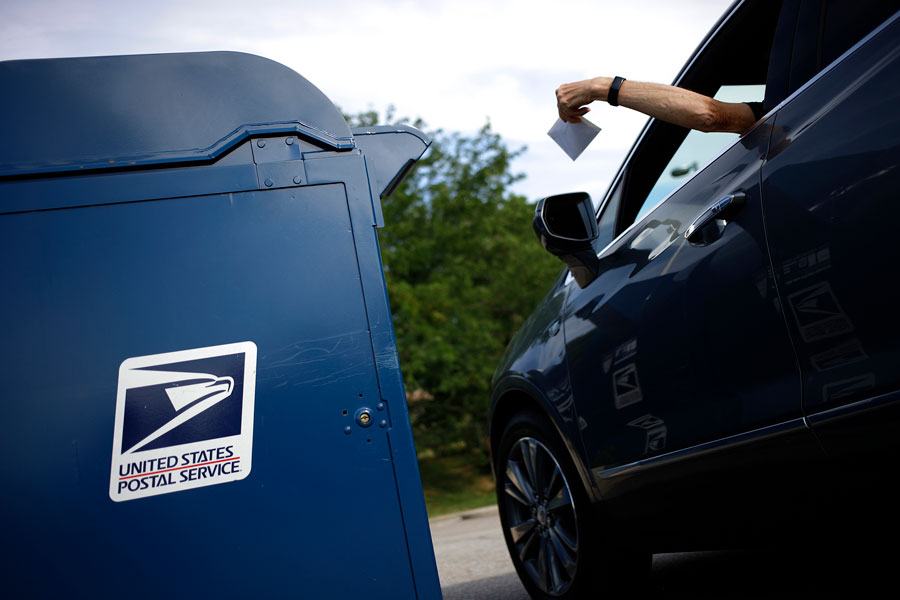Stamps are more expensive now. Here’s how much more you’ll pay to drop a letter in the mail
Published at | Updated at
(CNN) — Maybe this counts as good news in a time of painful price increases for necessities such as food, fuel and housing: The cost of a US postage stamp just increased by a mere 2 cents.
That raises the cost of mailing a first-class letter by 3.4%, to 60 cents — unless you still have a bunch of “forever stamps” that you bought at a lower price. A price hike that modest seems almost quaint given that overall consumer prices are up 9.1% year over year, the fastest pace in 40 years.
First-Class mail prices are up about 6.5% overall following the latest hikes. Metered mail went up 4 cents, or 7.5%; sending a postcard (remember those?) now costs 44 cents, a 10-cent hike; and overweight First-Class mail will increase 20%, to 24 cents per additional ounce.
“As inflation and increased operating expenses continue, these price adjustments will help with the implementation of the Delivering for America plan,” the USPS said in a statement, referring to its plan to invest $40 billion in upgrading its infrastructure. “With the new prices, the Postal Service will continue to provide the lowest letter-mail postage rates in the industrialized world and offer a great value in shipping.”
But the 2-cent hike won’t bring in much more money for the USPS for one reason: Americans aren’t sending nearly as much mail as they used to. As a result, First-Class mail in general — and individual letters in particular — are far less important to the Postal Services’ revenue stream now than in years past.
Last year 13.5 billion letters were mailed out. But that comes to only about two pieces of mail per US household per week.
People have found other ways to communicate — and to pay their bills — than putting a stamp and an envelope and dropping it in a mailbox. The number of individual letters mailed last year fell 8.4% from the year prior, and is down 45% from where it was just a decade ago, in fiscal year 2011.
The number of individual First-Class letters doesn’t count most of the other mail jamming your mailbox, such as bank statements and other direct mail from businesses. There were 35.6 billion of those last year, or more than five per household per week.
Then there were another 41 million pieces of what the USPS generously calls “marketing mail,” and most consumers know as junk mail.
Even though senders of that marketing mail pay a much lower rate, the sector brought in $9 billion last year, compared to only $7.4 billion for individual First-Class letters, and $13.5 billion for presorted First-Class mail.
All in, First-Class mail accounted for only 30% of Postal Service revenue last year, with individual letters tallying less than 10%. As recently as 2011, about half of postal revenue came from First-Class mail, with 17% from individual letters.
Parcels and packages are where the Postal Service is really making its money today. The USPS handles final delivery of many packages shipped by Amazon and other online retailers, with items delivered in bulk to the post office nearest to the buyer’s home.
The-CNN-Wire
™ & © 2022 Cable News Network, Inc., a WarnerMedia Company. All rights reserved.



